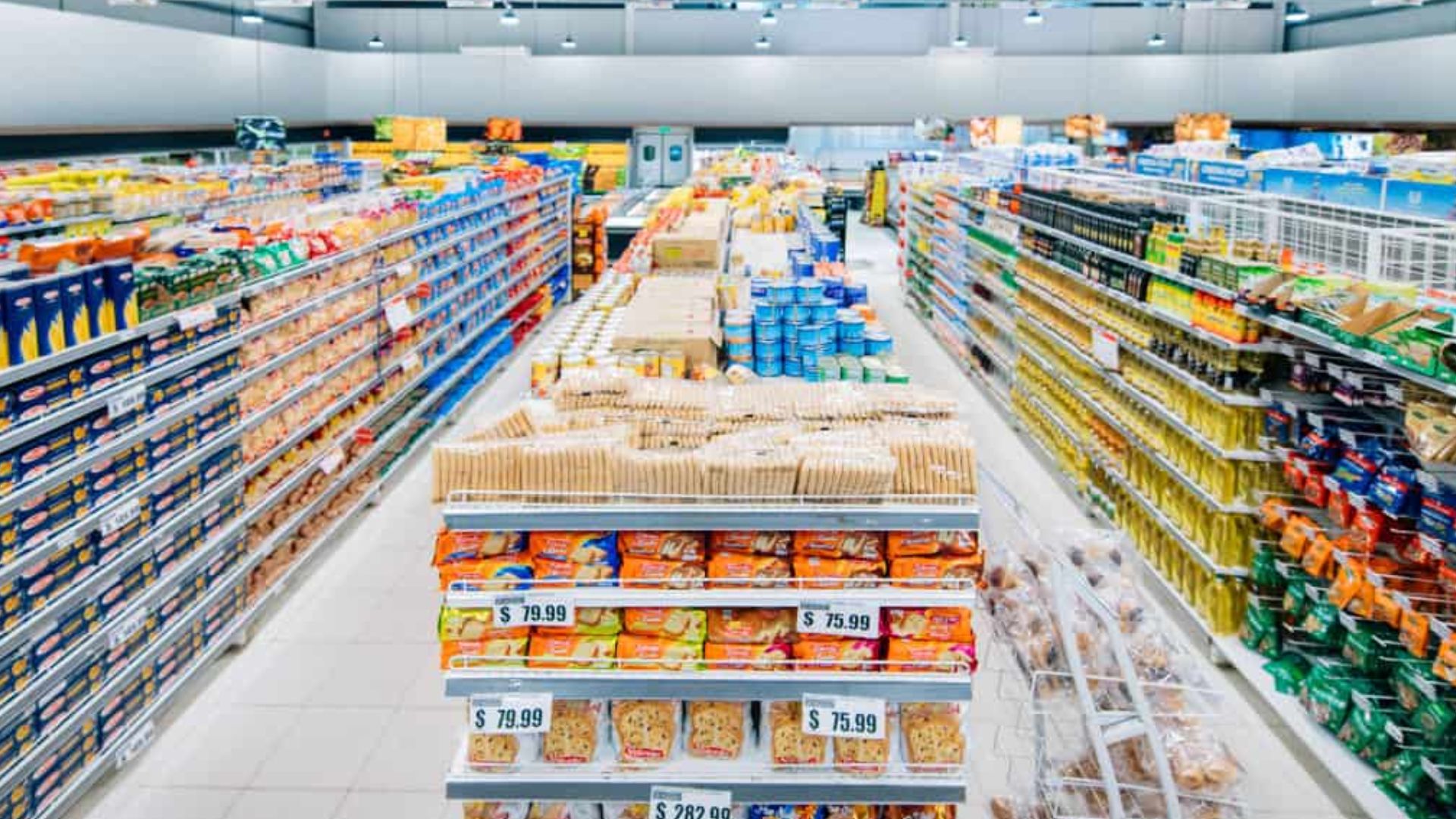A perfect store is like an ever evolving puzzle for the CPGs. If executed well, it guarantees maximum in-store availability and visibility of the brand. Perfect store execution simply ensures that products are consistently available, properly displayed, and priced correctly, aligning with the brand's strategic objectives. This meticulous attention to detail not only enhances the shopping experience but also influences consumer purchasing decisions, directly impacting a brand's bottom line.
What does it take to get the store execution just right. though? While perfect store rules may vary according to categories, brands and distribution channels. CPG brands could have multiple sets of execution strategies to their benefits. Auditors or field teams are the custodians of proper implementation and ensure every component of the strategy is put in place. Below are the some of the common levers of driving a perfect retail execution:
- On-Shelf Availability OSA - Ensuring consumers easily find their favorite products on the store shelves is paramount in retail execution. That involves getting the right products, in the right quantities at the right time onto the store shelves.
- Core SKUs or Must-Stock SKUs - SKUs that bring in a large share of sales for CPGs are deemed as Core SKUs.or Must-Stock List or simply MSL. Ensuring these SKUs are always available and adequately stocked inside stores becomes important to safeguard the current market share.
- Brand blocks - Dedicated brand blocks play an important role in creating visual impact on consumers and stocking multiple facings on the shelves of the same brand can catch consumer attention and influence purchase decisions at the shelves.
- On shelf adjacencies - Capturing consumer attention involves display of SKUs at the prominent and high footfall locations inside a store. For example, supplementary SKUs can be placed with main products like pasta sauce with spice categories as a comparable product.
- Shelving principles & perfect Planograms - Shelf space allocation is tightly intertwined with sales performance. And rightly so as it ensures the key SKUs or high demand products are readily available and out of stock frequencies are curbed. Planogram also is one method of ensuring proper shelving principles. Brands can ensure standard implementations across every retailer chain or stores and make their product displays attractive and appealing, thus driving sales.
- Prominent display of promotions and prices - Getting the right message and communication to the consumers inside the store offers less resistance in the path to purchase. Consumers are always spoilt for choice at the shelves with an ensuing battle for consumer mind share. Proper display of POSMs and product pricing delivers clarity leaving consumers less confused.

Getting the above levers rightly balanced is a constant challenge that brands face on a daily basis. But, there are several benefits to getting them right, including:
- Improved brand presence in-store
- Consistent and improved shopping experience
- Category growth and excellence
- Sales growth and store profitability
- Increased brand share, thus market share
Implementing a Perfect Store strategy is no walk in the park. Challenges arise in standardizing benchmarks across each and every store and location, ensuring they follow through. The varied retail environments and the laborious nature of merchandising audits often result in incomplete data on store performance, making it difficult to maintain a consistent & standard retail experience.
Moreover, the tools that were available to field representatives are sometimes inadequate for accurate data collection, leading to inaccuracies that can impede timely in-store adjustments. However, at the moment, the picture of success consists of retail blind spots and constantly requires human intervention to control all execution levers and correct improper practices. Auditors or field force teams conduct manual store audits which renders the process ineffective leaving sales and marketing managers incapable of measuring their retail execution performance with precision.
Perfect Store Execution: Retail Image Recognition technology has the answer!
CPGs across the world have been relying heavily on reports generated via manual or traditional audits which come with their own inherent limitations such as error prone data, limited scalability and delayed reporting. But, there is good news. Technologies such as Image Recognition (IR) and AI have brought in the winds of change. Today IR platforms are providing real-time insights into what is happening on every aisle in every store by simply processing in-store photos captured using mobile phone/store cameras. By seeing what is actually happening on the shelves, you can monitor the levers of your retail execution in a single place, measure their effectiveness and take complete control of your store shelves and store compliances.
With Image Recognition, sales reps or field teams can spot discrepancies even faster by comparing realograms with their company’s reference planogram in real time. They can then apply corrective measures directly at the store level. Sales forces can also rely on Image Recognition to track and analyze other KPIs such as Share of Shelf (SOS), Out of Stocks (OOS), On Shelf Availability (OSA), assortments and pricing. It gives them the opportunity to be agile and extremely reactive to different situations in stores as well as help their client reach their targets.

Another benefit of Image Recognition is the unbiased and accurate results it can deliver that can enable fact-based negotiations either at store level or at account level. Solutions such as ShelfWatch is helping many CPG brands and retailers ensure that photos collected during store visits are time stamped and geotagged to ensure management teams get not only a point-in-time visibility of their product placement in stores but also granular data on the category which helps in negotiating better placements during sessions such as like planogram resets or new product launches with key accounts.
If you wish to discover more about how Image Recognition could resolve your retail execution issues and drive perfect store programs, then you could talk to one of our experts who could help shed light on the solution capabilities and align with your challenges or use case. Schedule a demo here.


